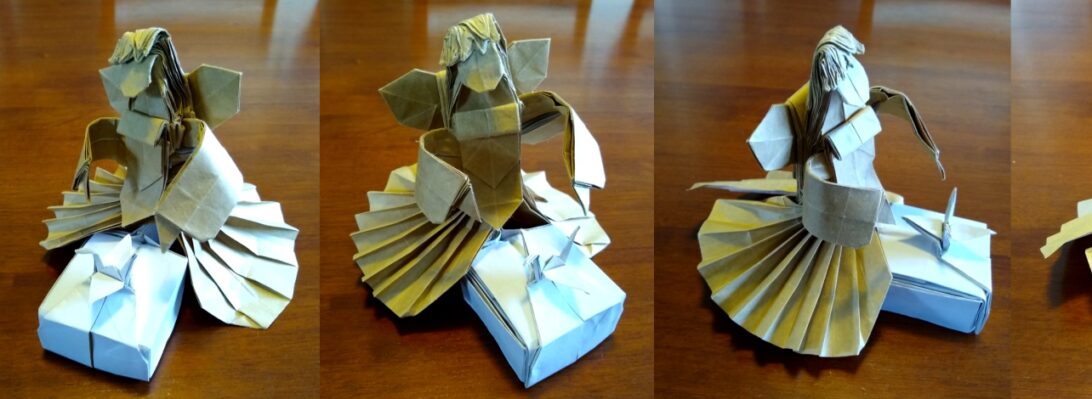Faced with a brief hiatus before marking became crippling, I set about to re-master the free form folding technique of the Sato Rose:
I have found many guides for Naomiki Sato’s rose that do precise pre-folding, invariably I get lost or end up with a bloom that is so geometrically perfect that it is not very realistic, so went searching for a technique that allowed for natural bloom variation.
Two years ago (or thereabouts) I had mastered the knack of turning a free-form Sato rose, but then lost it – not sure why. I mangled dozens of sheets of paper trying to get it back to no success. “Free form” is a term I use to describe a process that has nearly NO landmarks – you fold it to about here, then back a little and so on. With such a complicated fold, mistakes early ruin the later fold as they compound out of control. Continue reading






